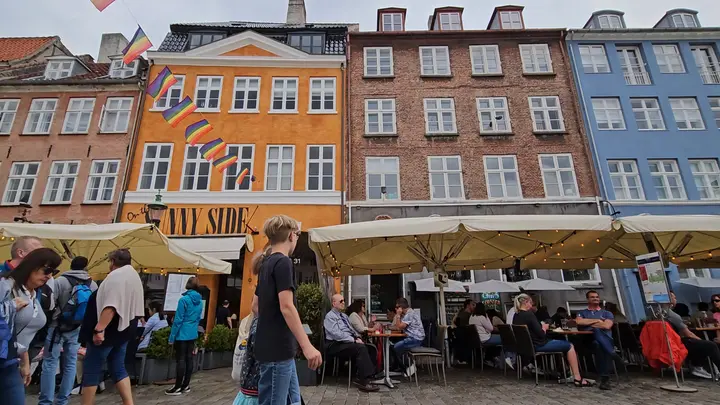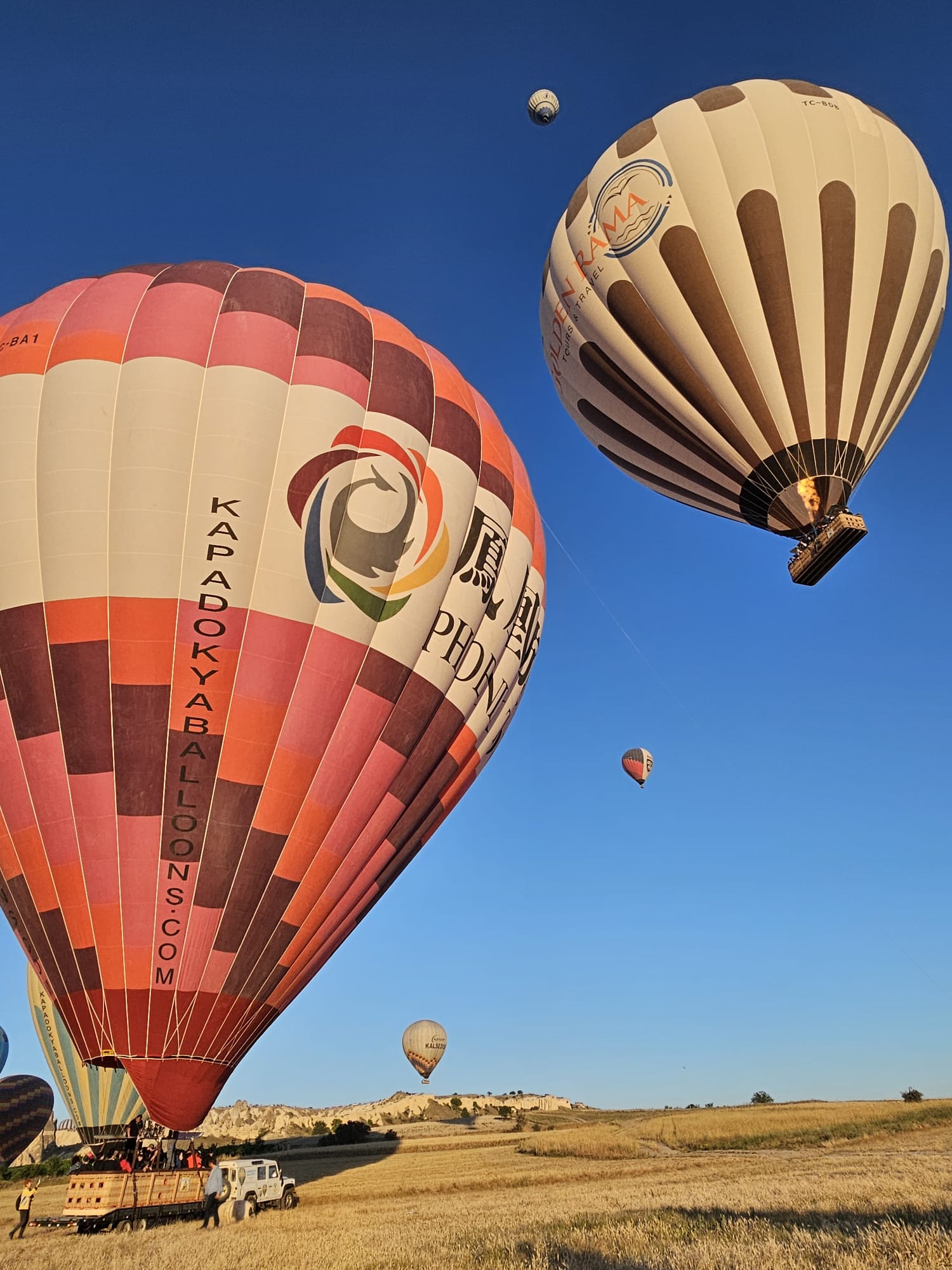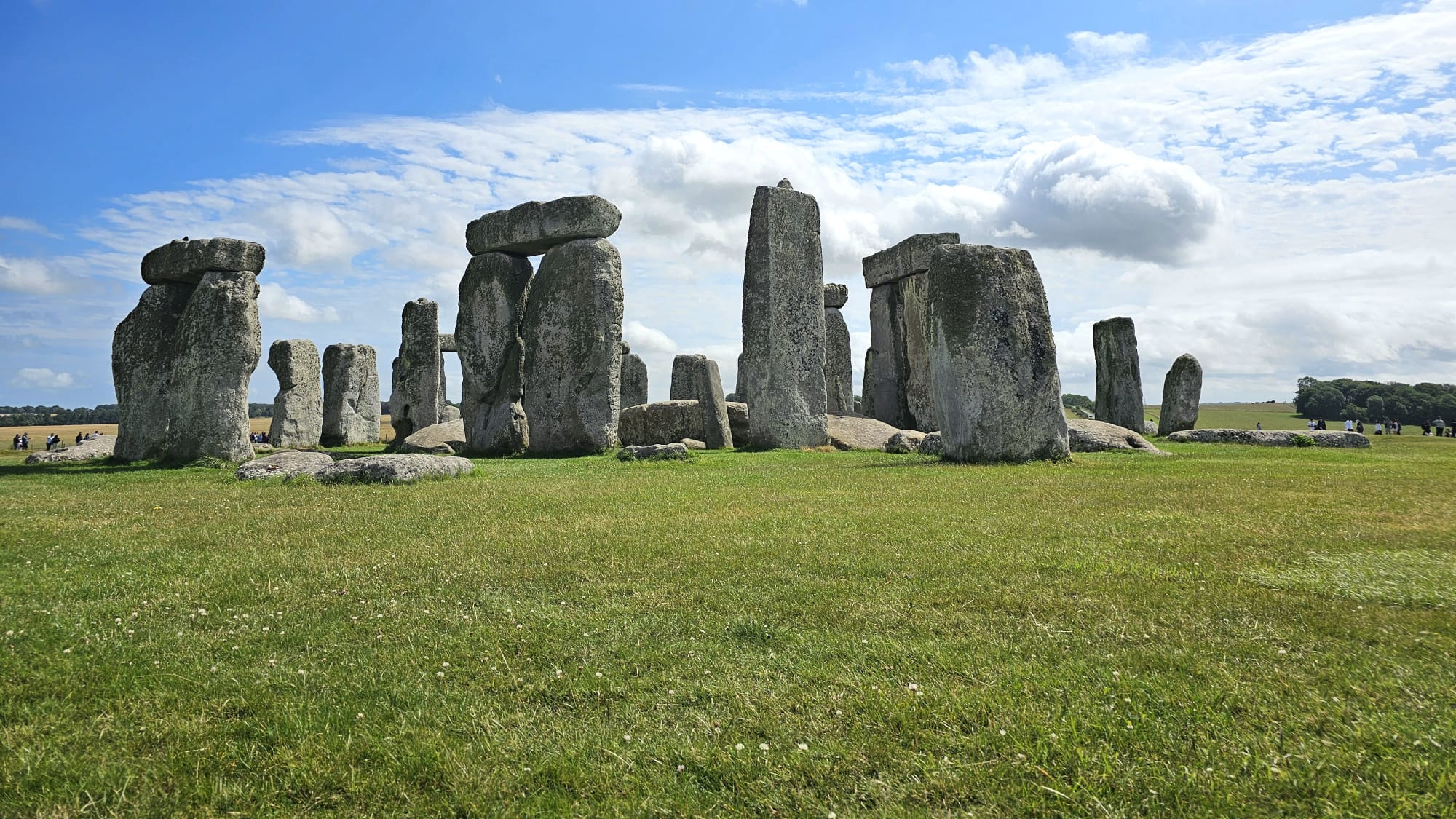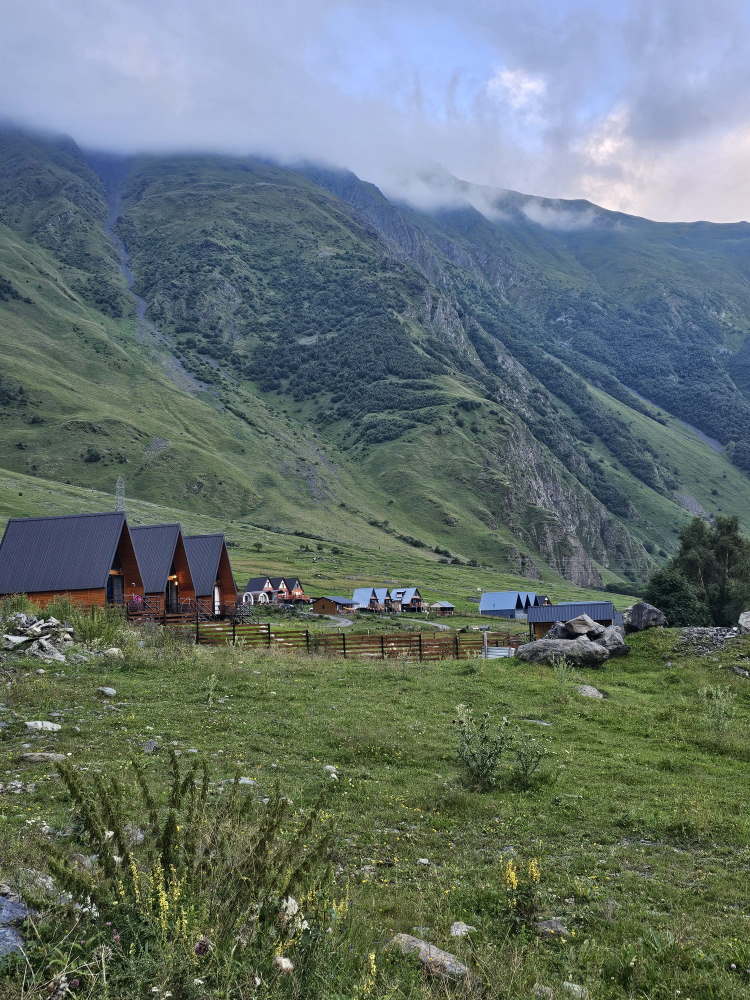Denmark feels like a secret waiting to be discovered — with its own language, laid-back culture, and an effortlessly cool vibe.
Copenhagen is where fairytales meet modern design. It's one of the safest cities in the world, known for its warm and welcoming locals, bike-friendly streets, and charming waterfronts. And yes — it’s home to the world’s longest pedestrian shopping street: Strøget.
🌤️ Best Time to Visit Copenhagen
Copenhagen has a Baltic climate, with cold winters and mild, breezy summers. The best time to visit is from to August — when daylight lingers late into the evening and locals spill outdoors to enjoy parks, street cafés, and scenic harbor views.

🛂 Visa Information
For Filipinos, a Schengen Visa is required. Apply 3–5 months before your trip. Here's a quick checklist:
- Schengen Visa Application Form
- Passport (valid for 6 months)
- Passport-sized Photos
- Cover Letter & Travel Itinerary
- Travel Insurance
- Proof of Accommodation
- Proof of Financial Means
- Proof of Civil Status
- Employment Certificate / School Letter
- Invitation Letter (if applicable)
✈️ Getting from Copenhagen Airport to the City
Copenhagen Airport (CPH) is well connected and just 15–30 minutes from the city center. Here’s how to get into town:
🚆 By Train or Metro
- Where: Terminal 3
- Duration: ~15 mins
- Tickets: DSB machines, DOT app, or the ticket office
- Metro: M2 Line to Vanløse (stops at Nørreport)
- Train: To Central Station (Københavns Hovedbanegård)
- Tip: Always buy a valid ticket to avoid fines
🚌 By Bus
- Popular Route: Bus 5C
- Duration: ~30–35 mins
- Tickets: From machines or bus driver (cash only)
- Stops: Central Station, Nørreport, City Center
🚖 By Taxi
- Duration: ~20–30 mins
- Fare: ~250–350 DKK
- Tip: Taxis are convenient but not budget-friendly

💰 How Expensive is Copenhagen?
Yes, Copenhagen can be pricey — but it's doable on a budget! Here's what to expect:
| Item | Average Cost |
|---|---|
| Coffee | 35 DKK |
| Street Food | 85 DKK |
| Restaurant Meal | 150–250 DKK |
| Beer (pint) | 50–70 DKK |
| Metro Ticket | 24 DKK |
| Bike Rental | 100–150 DKK/day |
| Tivoli Entrance | 145 DKK |
| Museum Entry | 90–150 DKK |
| Hostel (per night) | 200–400 DKK |
| Mid-range Hotel | 800–1500 DKK |
🎫 Copenhagen Card vs. City Pass
Includes free entry to 80+ attractions + unlimited transport
- 24, 48, 72, 96, or 120 hours
- Great for first-time visitors
🚋 City Pass – Best for just getting around
Unlimited public transport
- Small: Zones 1–4 (city + airport)
- Large: Zones 1–99 (wider region)
- Doesn’t include attractions
🧠 Tip: Copenhagen is very walkable and bike-friendly — you may not need a pass if you prefer to explore on foot!
🛏️ Top Places to Stay in Copenhagen

✅ Must-Do Activities in Copenhagen
🗺️ 3-Day Itinerary for Copenhagen
🏰 Day 1 – Historical & Cultural Highlights
Kastellet
We started our walk in the tranquility of a star-shaped fortress. Kastellet is a well-preserved star-shaped fortress dating back to the 17th century. It remains an active military site but is open to the public for walks and exploration.
The Little Mermaid
We headed down to the Langelinie promenade to see the iconic statue inspired by Hans Christian Andersen's fairy tale. The statue was a gift from brewer Carl Jacobsen to the city of Copenhagen and has been a symbol of the city since 1913. It was crowded when we got there, so it might probably be best to visit there early in the morning.

Designmuseum Denmark
We decided to take a short break at the nearby museum. The museum showcases Danish and international design, including furniture, fashion, and graphic design.
Frederik's Church (The Marble Church)
We then passed an impressive dome, Frederik's Church is a beautiful example of Rococo architecture. There is an option to climb to the top of the dome for stunning views of the city.
Amalienborg Palace
The winter residence of the Danish royal family consists of four identical palaces surrounding an octagonal courtyard.
Be sure to arrive here before noon for the Changing of the Guard ceremony.
Rosenborg Castle
This Renaissance castle houses the Danish crown jewels and royal regalia. This castle was originally built as a country summerhouse in 1606 and is now home to the Danish crown jewels. By the way, purchase a combined ticket for Rosenborg Castle and Amalienborg Palace to save money.
King's Garden
The oldest royal garden in Denmark, located adjacent to Rosenborg Castle. Bring a picnic or buy snacks to enjoy in the garden.

Statens Museum for Kunst (National Gallery of Denmark)
The museum features a vast collection of Danish and international art, spanning over 700 years. The museum's collection spans over 700 years of art history.
Botanical Garden
A serene garden with over 13,000 species of plants, part of the Natural History Museum of Denmark. The garden is part of the Natural History Museum of Denmark and features over 13,000 species of plants.
Nyhavn
End your day with a dinner at one of the many restaurants along the canal. A historic waterfront district known for its colourful 17th and 18th-century buildings, cafes, and restaurants.

Nyhavn, colourful gabled houses right on the harbour Stromma Canal Tours Copenhagen (optional)
If you still have time and the budget, try scenic boat tours through Copenhagen's canals. Take an evening canal tour to see the city lights and get a different perspective of Copenhagen.

try canal tour for a different perspective
🏛️ Day 2 – City Life & Local Vibes
Christiansborg Palace
We began our day at Christiansborg Palace, the seat of the Danish Parliament, Supreme Court, and Prime Minister's Office. This historic site offers a deep dive into the political heart of Denmark. Christiansborg Palace is the only building in the world that houses all three branches of a country's government: the executive, legislative, and judicial branches.

I need to take things slow Børsen (The Old Stock Exchange)
A historic building known for its unique spire shaped like the tails of four dragons intertwined. Built in the early 17th century, Børsen is one of the oldest stock exchanges in the world.
The Black Diamond (Royal Danish Library)
A modern extension of the Royal Danish Library, known for its striking black granite façade. The Black Diamond is an extension of the Royal Danish Library and is named for its black granite façade.
The National Museum
Denmark's largest museum of cultural history, featuring exhibits from the Stone Age to the modern era. The museum houses the famous Egtved Girl, a well-preserved Bronze Age girl found in a barrow.
Allocate at least a couple of hours to explore the extensive exhibits.
Strøget
One of Europe's longest pedestrian streets, lined with shops, cafes, and street performers. Strøget is one of the longest pedestrian streets in Europe, stretching 1.1 kilometres.
Gråbrødretorv
A charming square with colourful buildings and outdoor cafes. It is an excellent spot for a coffee break. Gråbrødretorv is named after a Franciscan monastery that once stood on the site.

another colourful houses but way less crowded Round Tower (Rundetaarn)
We then climbed the spiral ramp to the top for panoramic views of the city. A 17th-century tower with a unique spiral ramp leading to an observatory at the top. Built in the 17th century, the Round Tower is Europe's oldest functioning observatory.
Torvehallerne | Food Markets
We sampled some smørrebrød (open-faced sandwiches) and other Danish specialities in Torvehallerne, a popular food market with over 60 stalls offering fresh produce, gourmet foods, and local delicacies.

which one? the french oysters? or the danish oysters? City Hall Square
A central point for many of Copenhagen's cultural events and celebrations.

an ongoing LGBTQ+ event Tivoli Gardens
We then spend our evening at Tivoli Gardens, one of the world's oldest amusement parks known for its beautiful gardens, thrilling rides, and vibrant entertainment. Tips: Try to check the fireworks schedule when you visit here.

time for break at 7/11
🎨 Day 3 – Modern & Alternative Copenhagen
Freetown Christiania
Curiosity killed the cat. Freetown Christiania is an alternative community in the heart of Copenhagen known for its unique lifestyle and vibrant art scene. Christiania was established in 1971 by a group of hippies who occupied abandoned military barracks and has since developed its own set of rules independent of the Danish government. Some areas do not allow photos.

freetown! Church of Our Saviour
Famous for its corkscrew-shaped spire, and you can take a panoramic view of the city from here. The church's spire, with its golden globe at the top, is one of Copenhagen's most recognisable landmarks and offers a unique vantage point over the city.
Reffen
Copenhagen's largest street food market. Reffen features over 50 food stalls offering a diverse range of cuisines from around the world.
💡 Practical Tips
- Copenhagen is mostly cashless — cards and mobile payments rule
- Rent a bike for the full Danish experience
- English is widely spoken
- Water is safe to drink (bring a reusable bottle!)
- Pack a light jacket even in summer — evenings can be chilly




